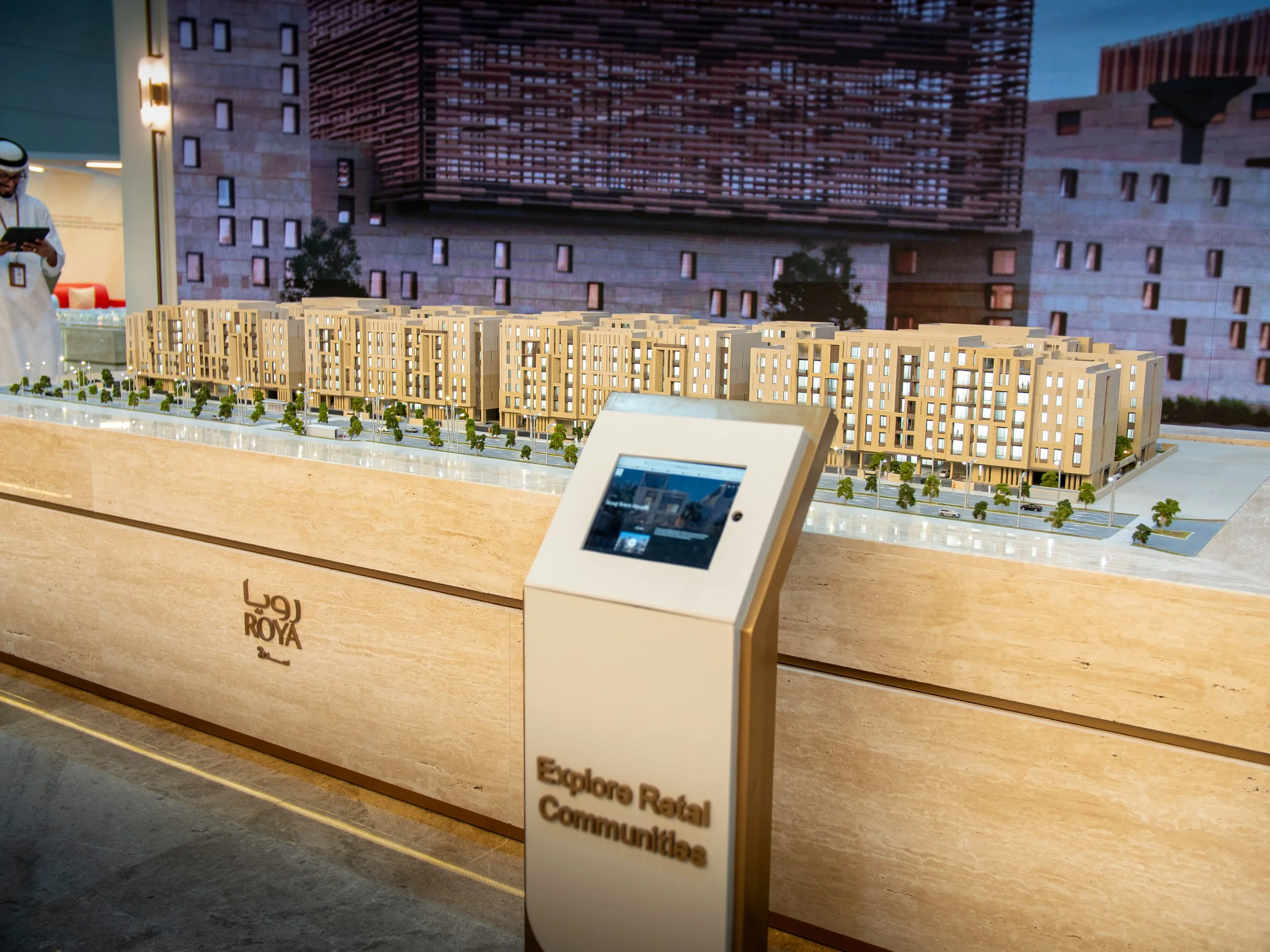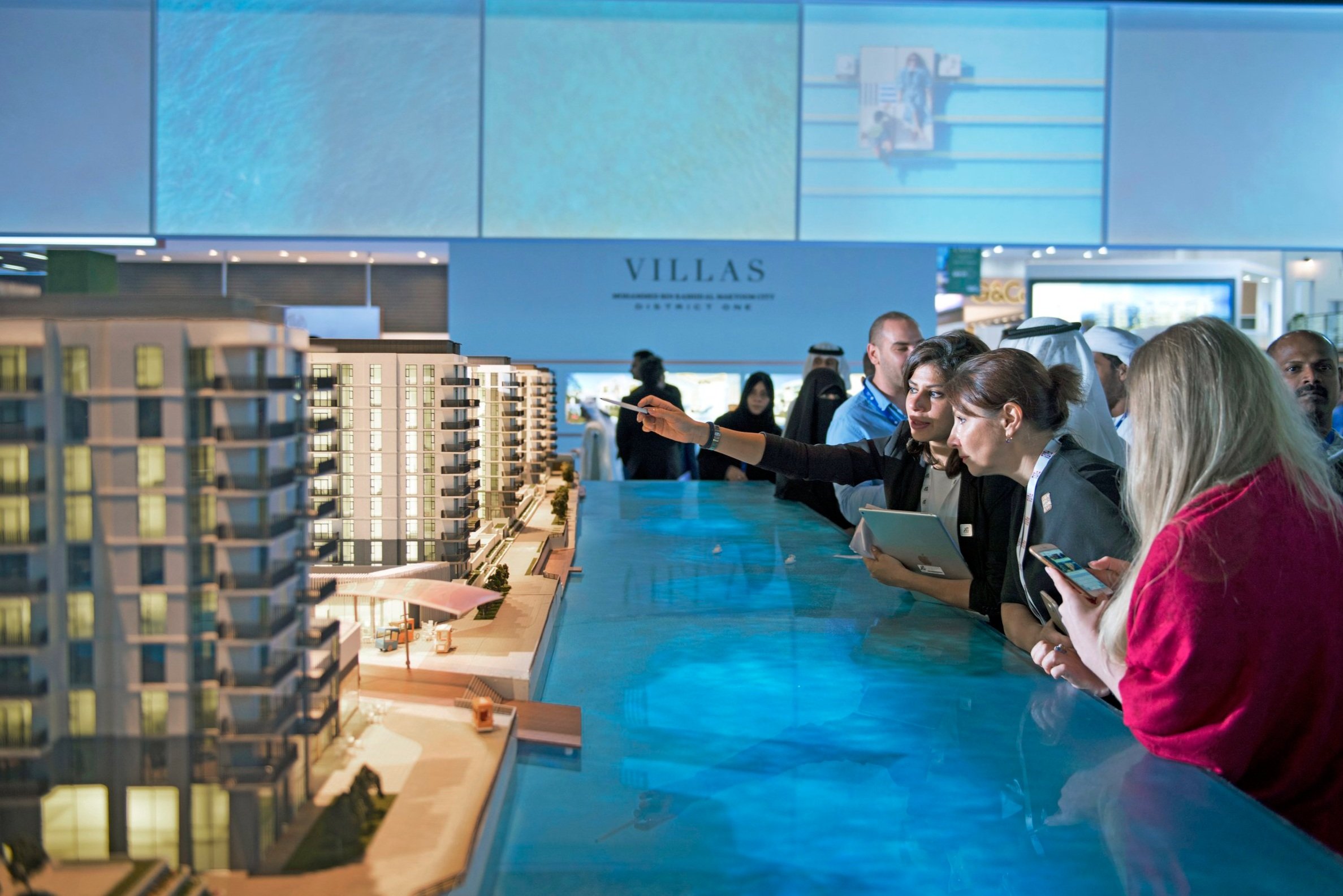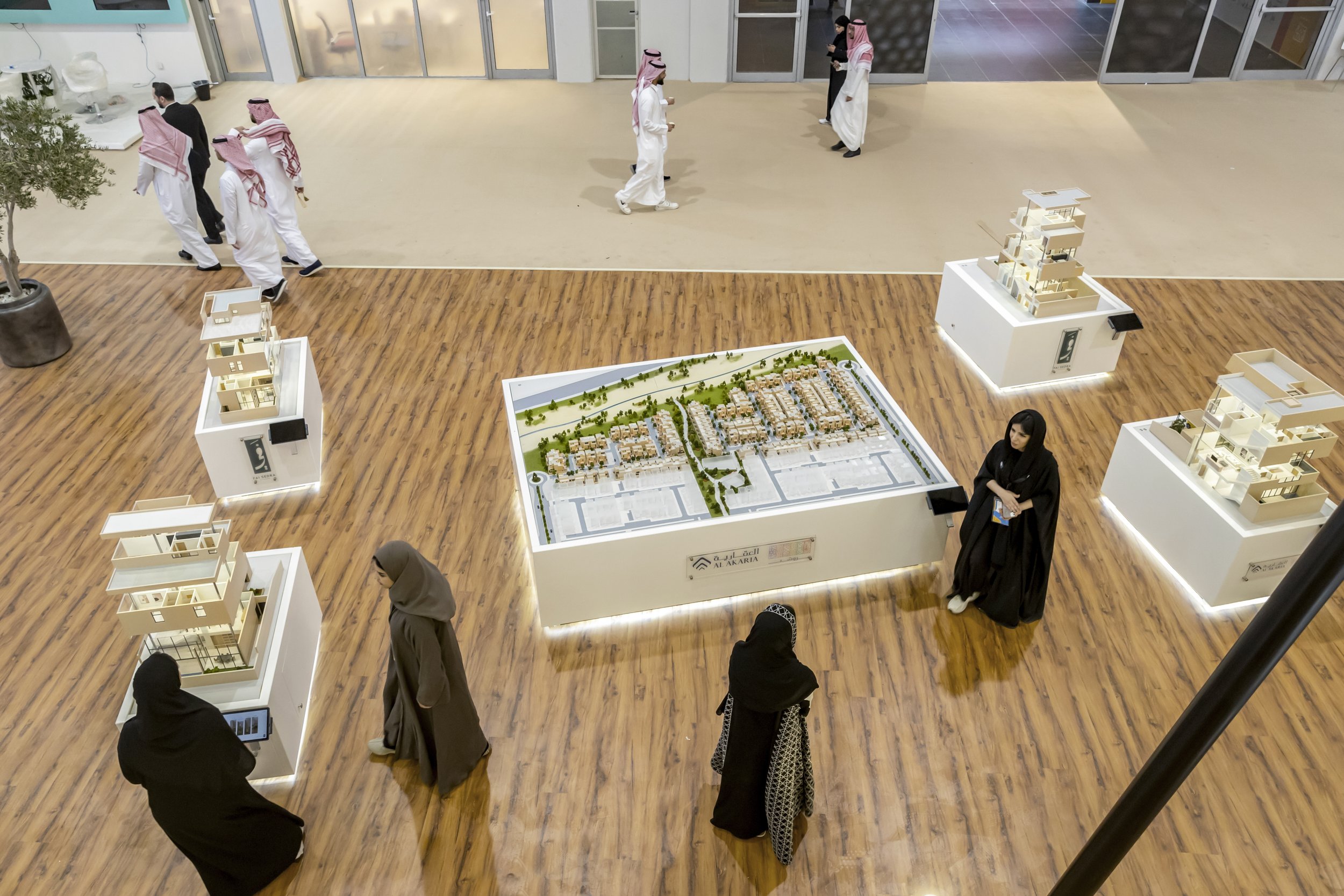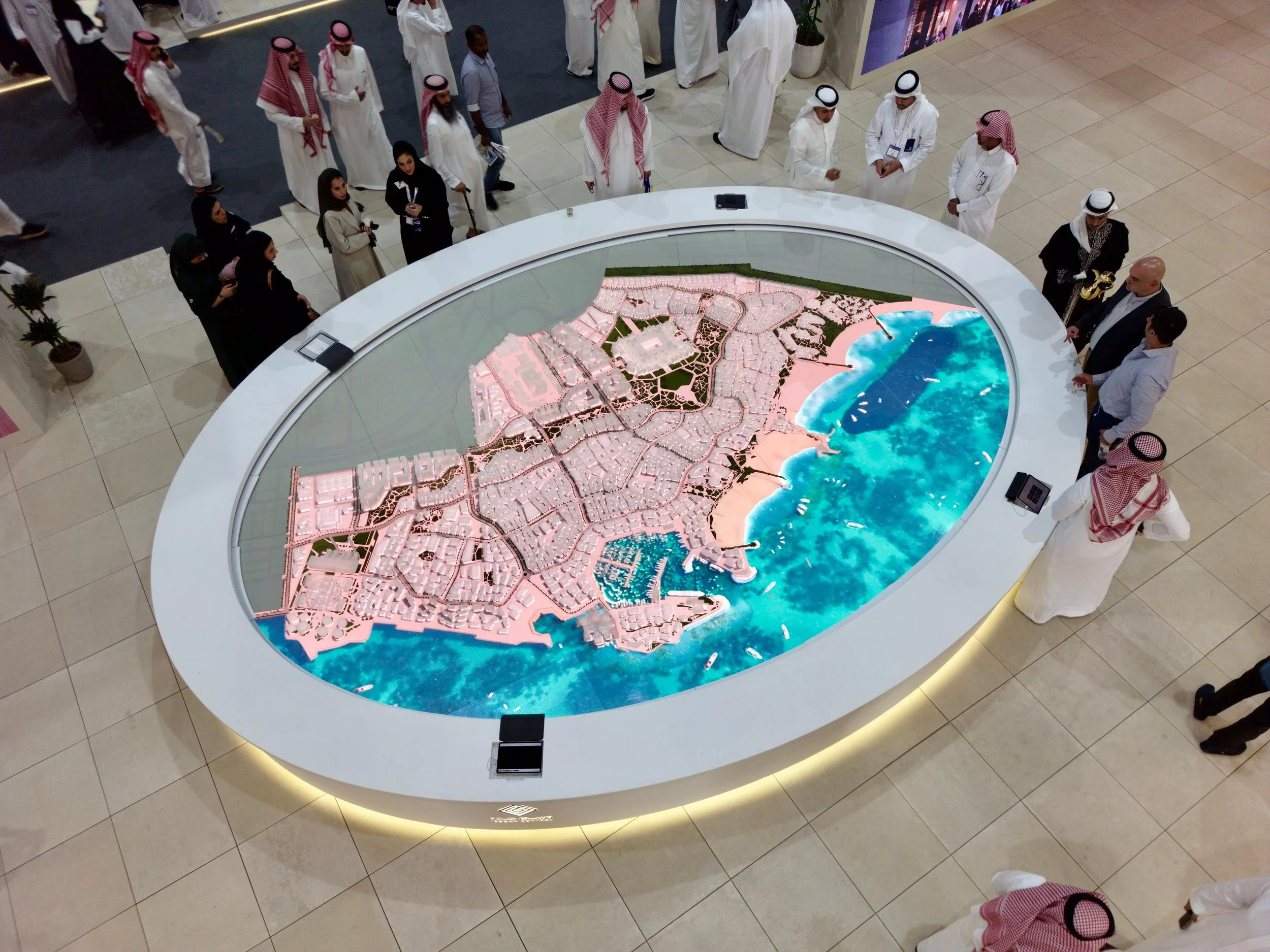Why Scale Models Remain the Leading Choice for Exhibitions
in the Region
In the ever-evolving world of real estate, where competition is fierce and first impressions count, property developers and marketers face a significant challenge: how to effectively showcase properties and drive sales in a crowded market.
With the complexities of architectural designs and the diverse preferences of potential buyers, traditional marketing approaches often struggle to capture the imagination and generate excitement for off-plan properties.
The Influence of Scale Models
Clients are more likely to engage actively with the project when they can physically interact with a scale model, enabling them to explore different perspectives, ask questions, and provide feedback in a meaningful way.
This approach fosters a sense of ownership and investment in the project, as clients can physically manipulate the model to gain a better understanding of its spatial layout, proportions, and design details.
They help in creating visual media content that showcases architecture and markets properties effectively, providing memorable experiences for potential clients. The incorporation of digital integration within scale models represents a paradigm shift in real estate marketing.
Leading exhibitions like MIPIM, Cityscape, and other prominent real estate events have become key platforms for showcasing developments and attracting potential investors. Livescale has taken part in these renowned exhibitions, providing property developers with captivating scale models that bring architectural visions to life.
These models have not only helped draw attention to projects but also played a crucial role in communicating their features and benefits, setting them apart in competitive environments.
How You May Wonder?
At Livescale, we understand the evolving needs of the real estate industry, which is why our team specializes in combining cutting-edge digital solutions with the timeless art of scale model making. Our approach extends beyond the physical creation of models to encompass a comprehensive suite of services designed to elevate the marketing of off-plan properties. One of the key advantages of digital integration within scale models is the ability to create interactive applications that enrich the showcasing experience.
From controlling model lighting to displaying project information, these applications transform static models into dynamic marketing tools that engage and captivate potential clients.
By collaborating closely with visualization teams and design agencies, we develop customized applications that seamlessly integrate with the scale model, allowing users to explore different aspects of the property with ease.
In a world where competition for buyers' attention is fierce, scale models stand out as a beacon of innovation and creativity in real estate marketing. By combining the tactile appeal of physical models with the interactive capabilities of digital technology, developers can create memorable experiences that drive interest, engagement, and ultimately, sales.
The use of scale models has emerged as a powerful sales and marketing tool, playing a pivotal role when dealing with architects, engineers, and potential clients or investors. Other than their aesthetic purpose in reflecting concepts and ideas, scale models act as a great sales tool to help sell the vision of a project. They can be vital assets in the making or breaking of a sale and success of a project.
Whether highlighting unique design features, showcasing innovative sustainability initiatives, or evoking the lifestyle and ambiance of the proposed development, scale models have the power to captivate imaginations and stir emotions. This narrative-driven approach not only enhances the marketing appeal of the project but also fosters a sense of connection and resonance with potential buyers, who can envision themselves as part of the envisioned community.
Digital Intergation
Well, the necessity for scale models becomes even more pronounced when considering the diverse backgrounds and levels of expertise among clients and potential buyers.
Not all individuals are well-versed in interpreting technical drawings and blueprints, which are often the primary means of communication between architects, engineers, and clients during the planning and design stages of a project. In such cases, the use of physical scale models serves as a crucial bridge, facilitating clear and accessible communication that transcends language barriers and technical jargon.
By providing a tangible representation of the proposed development, scale models offer clients a straightforward and clear point of reference, allowing them to visualize the project in a way that traditional drawings cannot replicate. This also instills confidence and trust in the project's feasibility and design intent.
In conclusion, beyond their aesthetic appeal, scale models serve as dynamic sales and marketing tools that facilitate better communication, provide immersive experiences, and ultimately drive success in off-plan property projects.
So the next time you're looking to showcase your property in the best possible light, remember the power of scale models – because sometimes, the smallest things make the biggest impact.
JCDC Media Table Model
Jeddah Central Development
Retal Roya Residences
Retal Urban Development Company
Flow Pavillion at Expo 2020
Dubai Ports World






